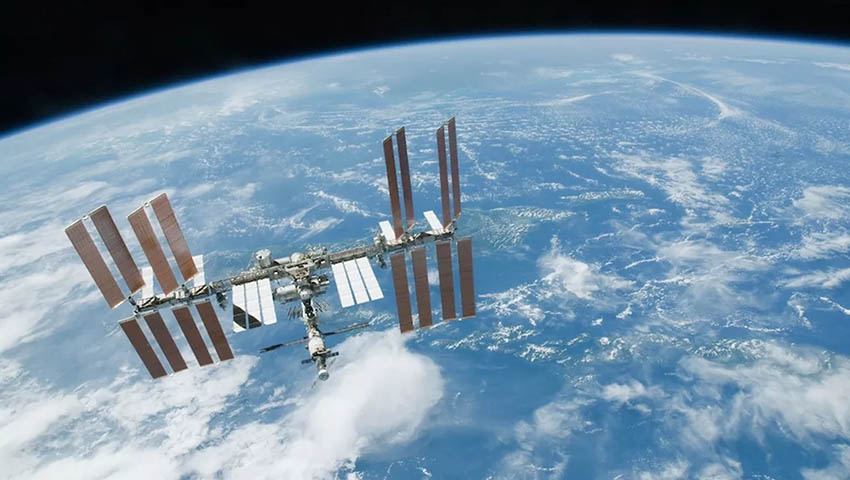The International Centre for Neuromorphic Systems at Western Sydney University has developed a world-first space imaging technology to be installed on the International Space Station to capture transient luminous events (TLEs).
Associate professor Gregory Cohen, lead researcher at the International Centre for Neuromorphic Systems, said these phenomena impact the Earth’s atmosphere and have potential to disrupt critical global communications systems and high-altitude aircraft but our knowledge of their behaviour is currently limited and neuromorphic cameras offer an exciting new possibility.
"Drawing inspiration from biology, our cameras operate more like a human eye than a conventional camera, are extremely fast and data-efficient, making them perfect for use in space. TLEs happen above large thunderstorms and appear like lightning that travels upward from the clouds into the atmosphere, instead of the usual lightning that travels down toward the ground," Cohen explained.
"These cameras have never been used in this way before, the technology is a really significant innovation, developed in Western Sydney, that we’ll be looking to take forward with the Australian space industry."
NSW Minister for Jobs, Investment, Tourism and Western Sydney Stuart Ayres says Western Sydney University’s partnership with the United States Air Force Academy is a huge vote of confidence for the region.
"Western Sydney University’s world-leading application of neuromorphic engineering has put Western Sydney on the global map. It is an exemplar for research and development that is innovative, collaborative and solutions-orientated. These kinds of projects are integral for super-charging Western Sydney as a high-skill jobs hub across aerospace and defence," said Mr Ayres.
Professor Deborah Sweeney, deputy vice-chancellor research, enterprise and i nternational, described the project as an exciting example of the applied R&D partnerships being driven at Western Sydney University.
"The project with the International Space Station is just one of many applications of neuromorphic systems – the university is working with government, big-tech partners and local businesses to use this platform to solve real-world challenges and create new industry," said Professor Sweeney.
The hardware is currently being assembled and tested in parallel at the International Centre for Neuromorphic Systems at Western Sydney University’s Werrington campus, and at the US Air Force Academy in Colorado Springs, Colorado.
The technology is expected to be launched in early 2021. The data collected will be beamed from the ISS to Western Sydney University for research and analysis.

